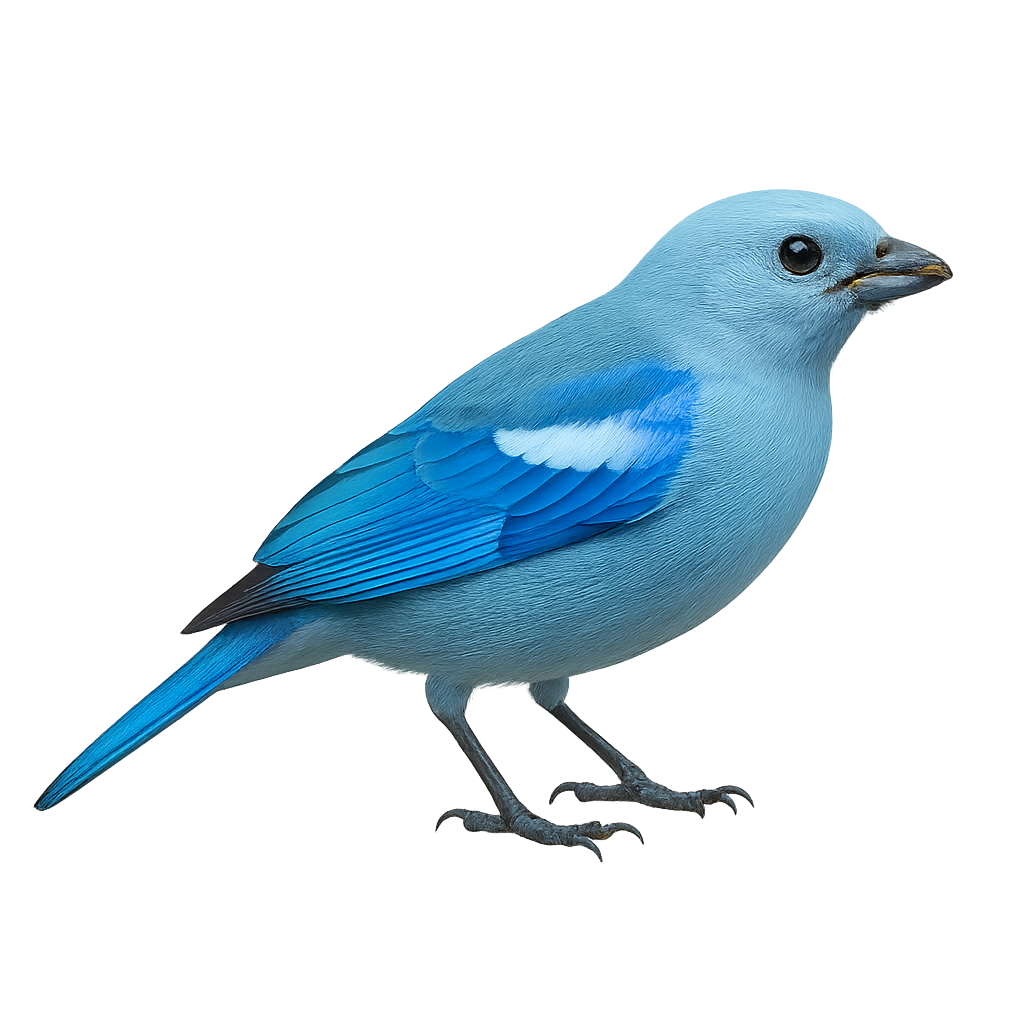Your wildlife photography guide.
Explore the scarlet-thighed dacnis in detail, study its behavior, prepare your shots.
Where to observe and photograph the scarlet-thighed dacnis in the wild
Learn where and when to spot the scarlet-thighed dacnis in the wild, how to identify the species based on distinctive features, and what natural environments it inhabits. The WildlifePhotographer app offers tailored photography tips that reflect the scarlet-thighed dacnis’s behavior, helping you capture better wildlife images. Explore the full species profile for key information including description, habitat, active periods, and approach techniques.
Scarlet-thighed dacnis
Scientific name: Chlorophanes spiza

IUCN Status: Least Concern
Family: THRAUPIDAE
Group: Birds
Sensitivity to human approach: Suspicious
Minimum approach distance: 20 m
Courtship display: March to June
Incubation: 13-15 jours
Hatchings: March to July
Habitat:
Tropical and subtropical forests of Central America, particularly in Costa Rica, Panama, and Nicaragua
Activity period :
Primarily active during the day, with peak activity in the morning and late afternoon.
Identification and description:
The Bishop Tanager is a small, colorful bird found primarily in the tropical forests and wooded areas of Central and South America, notably in Costa Rica, Panama, Colombia, and Venezuela. It typically measures about 18 cm in length and weighs between 20 and 30 g. Its plumage is especially vibrant, with shades of green, yellow, and red, giving it a striking appearance, which is why it is named as such. The Bishop Tanager is frugivorous, primarily feeding on fruits, berries, and seeds, but it can also eat insects. This bird is known for its social behaviors, living in small groups or pairs, and is often observed moving through trees in search of food. While its population remains stable, it is sometimes threatened by deforestation and the loss of its natural habitat.
Recommended lens:
300 mm – adjust based on distance, desired framing (portrait or habitat), and approach conditions.
Photography tips:
Use a telephoto lens to photograph the bishop tangara, especially when it perches in the trees or moves quickly through the canopy. The soft light of the morning or evening is ideal for capturing its vibrant colors. Be discreet and respect their space to avoid disturbing their natural behavior, especially during the breeding season.
The WildlifePhotographer App is coming soon!
Be the first to explore the best nature spots, track rutting seasons, log your observations, and observe more wildlife.
Already 1 439 wildlife lovers subscribed worldwide

